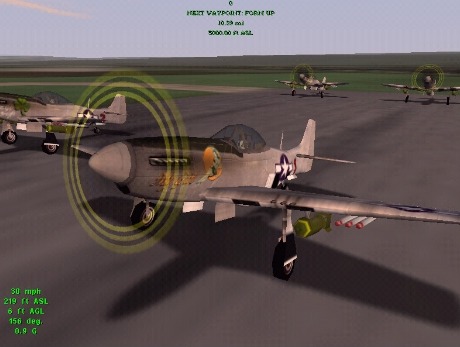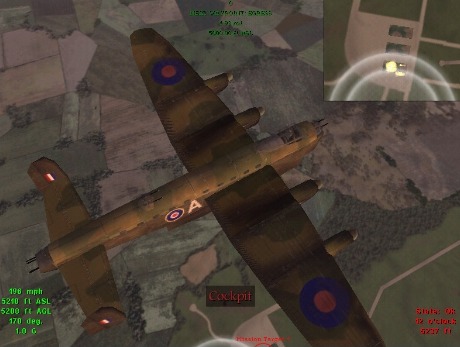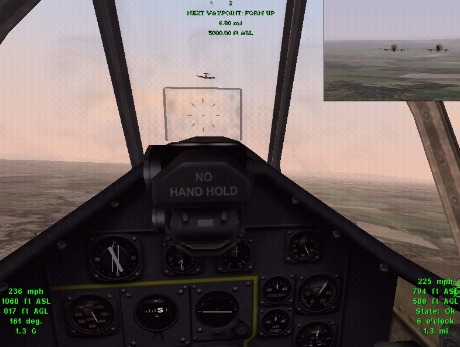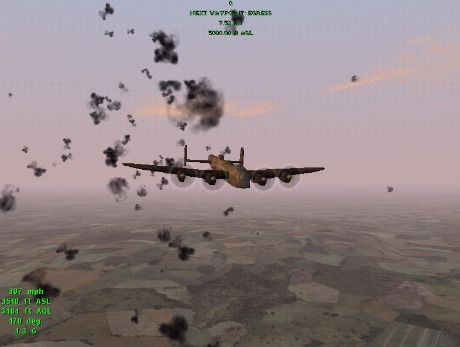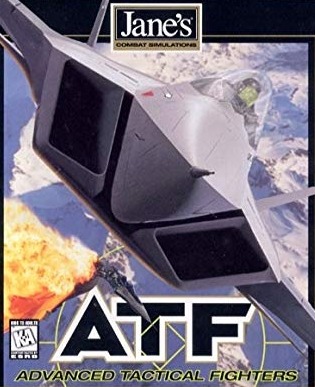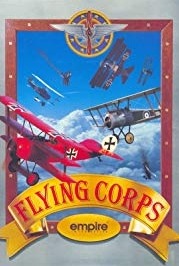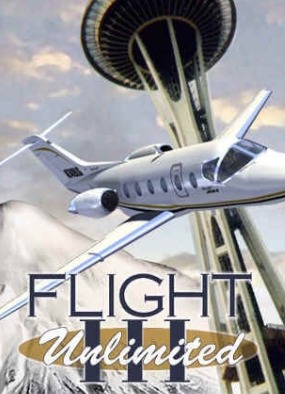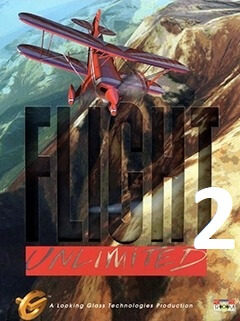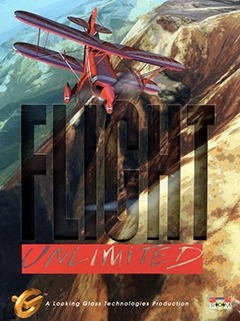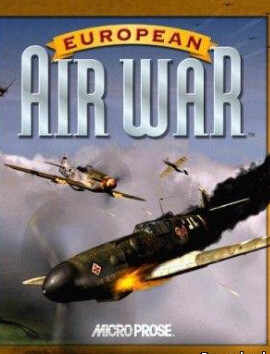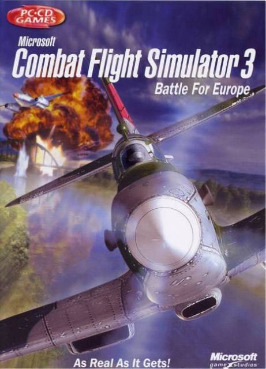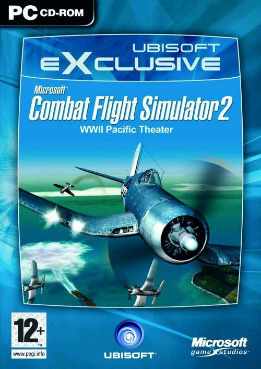Jane's Attack Squadron is a 2002 combat flight simulator developed by Looking Glass Studios and Mad Doc Software and published by Xicat Interactive. Based on World War II, the game allows players to pilot fifteen reproductions of that era's military aircraft and to carry out missions for the Axis or Allies. Although it contains dogfights, the game focuses largely on air-to-ground combat, hence the title.
Jane's Attack Squadron was first conceived by Looking Glass employee Seamus Blackley as Flight Combat, a combat-based sequel to Flight Unlimited. The company continued designing the game after Blackley was fired in 1995, and it entered production under Electronic Arts in 1998. The team experienced problems with deadlines and funding during development, with the game eventually being heavily redesigned and renamed Jane's Attack Squadron at the request of the publisher. These issues contributed to Looking Glass's bankruptcy and closure in 2000. In 2001 and 2002, the game was acquired and finished by Mad Doc Software, a company in part composed of former Looking Glass employees.
The game received mixed to poor reviews. Critics found its physics modeling unrealistic, and many believed that the game's graphics and gameplay were outdated, particularly in light of contemporary simulators like IL-2 Sturmovik. The limited number of missions and large number of glitches were widely panned. Certain critics enjoyed Jane's Attack Squadron's air-to-ground combat and several hoped that fans would improve the game with the included physics and mission editors.
Gameplay
As a combat flight simulator, Jane's Attack Squadron allows players to pilot military aircraft in a three-dimensional (3D) graphical environment. The game is set in Western Europe during World War II; and players may control fifteen German and Allied planes from the era, including the Focke-Wulf Fw 190, Supermarine Spitfire, Junkers Ju 88, Avro Lancaster and Consolidated B-24 Liberator. Although dogfights are possible, the game places a heavy focus on air-to-ground combat.
Objectives range from bombing and torpedo runs to defense and escort missions. The player may engage in tutorials, "quick missions", "single missions" and a campaign. Quick missions allow the player to select variables such as the objective and the number of friendly and enemy aircraft, while single missions, of which there are five, are scripted, "pre-made" levels. Two campaigns are available: one each for the Allies and Germans. Both campaigns feature ten missions that branch depending on the outcome achieved by the player. An online multiplayer component allows players to engage in dogfights.
Each plane in Jane's Attack Squadron is composed of forty-five parts that may be removed or otherwise damaged in combat. Damage to these parts affects performance; for example, a broken fuel line will leak, quickly decreasing the fuel gauge. Various adjustments may be made to the game's realism, including an "arcade physics" option that drastically reduces flight difficulty. The game is packaged with the mission and physics editors that were used to develop it.
Reception
Denny Atkin of Computer Gaming World wrote that Jane's Attack Squadron "had the potential to be sim of the year in 2000", but that it had been rendered largely irrelevant by delays and "unrealized design goals." He believed that its graphics would have been "state of the art in 2000", but he found them middling in 2002; and he noted the presence of numerous glitches. He considered the game's most serious flaw to be its low number of missions. Although Atkin found the air-to-air combat "generally fun", citing "good pilot AI" and "decent" flight physics, he believed that the game's bombing runs were its most outstanding element. He hoped that fans would use the mission and physics editors to improve the game, and he concluded, "It's buggy, but when it works it's worth flying." Andy Mahood of PC Gamer US wrote that Jane's Attack Squadron is "unquestionably an entertaining and unique WWII prop sim", but he believed that it was clearly inferior to games such as IL-2 Sturmovik. He found the game's graphics to be outdated and its design to be "simplistic", and he wrote that its "somewhat basic flight model" prevents advanced maneuvers. He praised the game's sound effects and music, as well as its "intricate damage modeling", as its best features. He finished by saying that, because the genre was "starving for fresh titles", Jane's Attack Squadron could be recommended despite its flaws.
IGN's Tom Chick found it "unrealistic, erratic, and limited", writing that it "looks bad, plays poorly, and is unstable." He disliked its "canned and rigidly scripted missions", although he found its bombing runs "interesting" and its air-to-air combat features acceptable. However, he believed that ease of shooting down aircraft made the damage system's "powerful amount of flexibility" worthless. Chick believed that the multiplayer component was one of the game's worst features, and he derided the game's "suspiciously canned physics", which offered "a grab bag of fidelity mixed in with heaps of silliness." He summarized Jane's Attack Squadron as "awful." Josh Horowitz of The Adrenaline Vault noted the complex damage system, and he believed that the game "looks as good as most of today's flight simulators", although he experienced performance issues. He noted that the gameplay was hurt by "corner cutting or general incompletion", such as the limited in-game tutorials. Horowitz found the game "repetitive" because of its lack of missions and "low sense of involvement", and, like Chick, he disliked its multiplayer and "linear" missions. Although he offered significant praise for its sound, Horowitz concluded that the game was "a buggy, incomplete offering", and that those "looking for the next great Jane's title will likely be disappointed."
GameSpy's Bernard Dy wrote that the game failed to live up to the Jane's Combat Simulations pedigree, and he believed that those who enjoyed "the realism of Il-2 Sturmovik will be disappointed." He disliked its "relaxed flight models" and lack of features, and he cited a large number of glitches. However, Dy found its damage system "robust" and he believed that the game was "not a total loss." Like Atkin, he hoped that fans would improve the game with its detailed editors, although he believed that this was somewhat unlikely.






